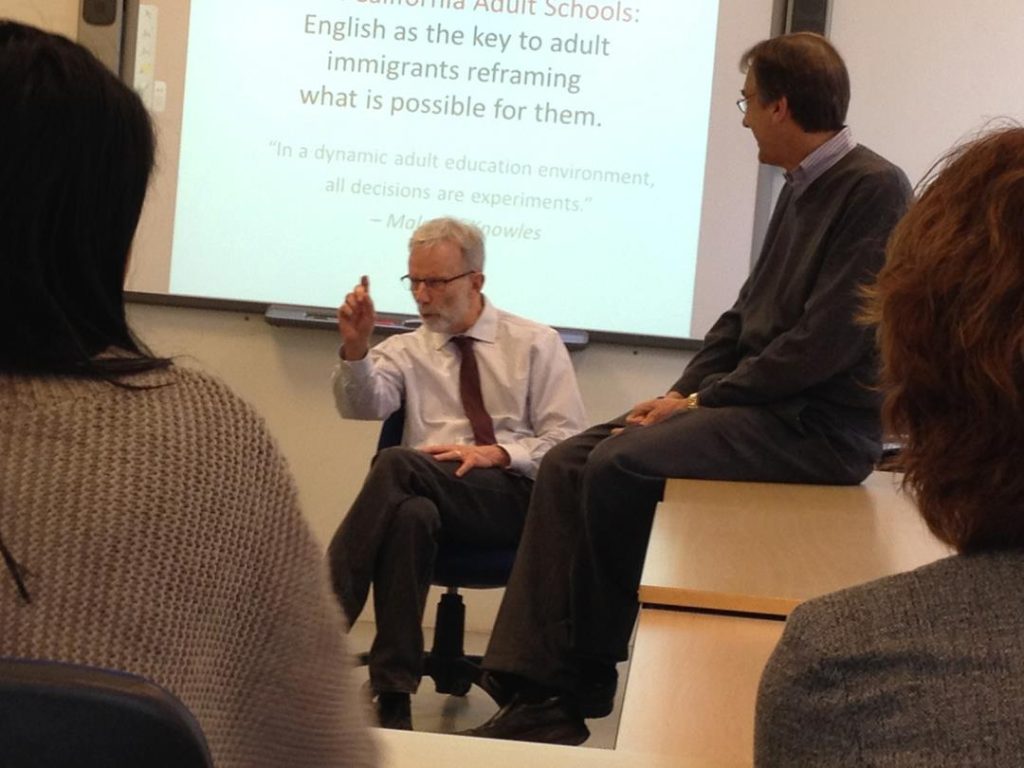How programs that have quietly been helping Californians since 1856 may be the answer to recovering from 2020

It’s hard to believe that adult education has been around for 150 years, but so many people don’t fully understand what it is, what it does or what impact it could have on our state as a whole.
“Our students are the most marginalized, the least able to navigate employment and employment training,” says Bob Harper, the recently retired executive director of the South Bay Consortium for Adult Education. “Those segments of the population are also the ones hit first, hit hardest and take the longest time to recover in an economic downturn. But they are the natural constituency of the adult education system. Our delivery system is the most connected to the most vulnerable.”
As a result, Harper spent his decades in adult ed focused on reaching out to and serving those students, and believes it is even more crucial now.
“To acknowledge (our students have) barriers does not mean they have a lack of capacity. Unless they are supported and funded, that capacity will be lost…at a time when we need it the most.”
Bob Harper, Former executive director of Adult Education, South Bay Consortium for Adult Education
“To acknowledge (our students have) barriers does not mean they have a lack of capacity,” he says. “Take U.S. immigrants, for example—who had the ability to leave circumstances, the place where they were born. That alone tells about their human capacity. And often immigrants have incredible skill sets but they are under- or unemployed: Someone with a graduate degree in electrical engineering (from their own country) is washing dishes here. Unless they are supported and funded, that capacity will be lost…at a time when we need it the most.”
In addition to providing language and cultural competency to students from other countries, adult education also is uniquely designed to help those who lack a high school diploma or are involved in the criminal justice system, all of whom are frequently “employed for survival rather than a career,” according to Harper.
“We can help them re-create who they are, (gain or regain) an entrepreneurial spirit,” he says. “Our adult learners are seen as a whole human…and we help them get what they need.” For many, that includes access to and training in technology.
“So much of literacy now takes place in a digital environment,” Harper explains. “It’s a requisite to training and working in a modern workplace. It also has an incredible impact on kids. The number one correlation of a child’s success in the first three years of school is the mother’s literacy—more than any economic or social factors. And that now includes digital literacy.”
To learn more about the history of adult education in California, visit caadultedhistory.org. To learn more about the South Bay Consortium for Adult Education programs, visit www.sbcae.org
Written by Thea Marie Rood
| Regions | Classes & Topics |
|---|---|
| Bay Area California | Variety of Classes |